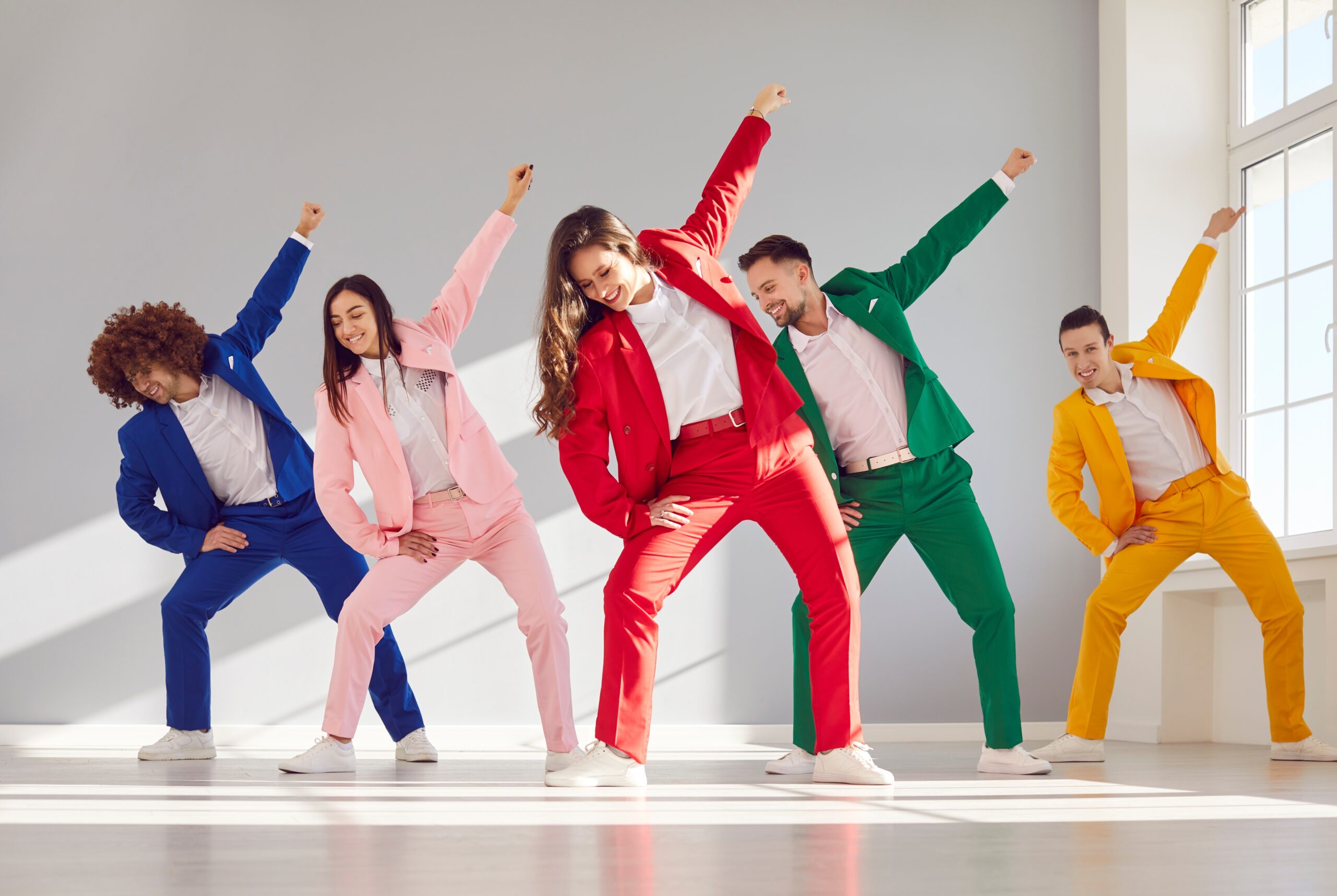Table of Contents

Cancer researchers at Ohio State University have discovered an unexpected ally in the fight against chemotherapy-induced neuropathy—the passionate, precise movements of Argentine tango dancing.
At a Glance
- Adapted Argentine tango may help breast cancer survivors recover from chemotherapy-induced neuropathy, which affects up to 80% of patients
- Just 20 minutes of social dance a few times weekly could help "rewire neuropathways" damaged by cancer treatment
- Dr. Lise Worthen-Chaudhari received a $3.8M grant to study tango's effects on neurological recovery in cancer patients
- Early research shows tango is feasible for cancer survivors, with high attendance and satisfaction rates
Dancing Around Neuropathy: A New Approach
For the millions of cancer survivors who experience chemotherapy-induced neuropathy, daily life can become a painful challenge. The burning, tingling, and numbness in hands and feet often persist long after treatment ends, affecting balance, mobility, and quality of life. Traditional rehabilitation offers limited relief, leaving many searching for alternatives. Now, scientists at Ohio State University are investigating whether the structured, dynamic movements of Argentine tango could provide an unexpected solution for these debilitating symptoms.
"What I want to test is if we can stimulate neurologic recovery after trauma from chemotherapy. Can we make it better?" says Dr. Worthen-Chaudhari from Ohio State University. "We are interested in the effect of the tango on alleviation of neuropathic sensations in the feet and hands as well as on improving physical health."
The DAANCE Trial: Serious Science Behind the Steps
This isn't just wishful thinking—it's backed by a substantial $3.8 million grant from the National Institute on Aging. The funding supports the DAANCE trial (Dance for Autonomy, Activity, Neurology, Cognition, and Experience), which specifically targets breast cancer survivors with chemotherapy-induced neuropathy. The research focuses on patients who are at least three months post-chemotherapy, testing whether tango can help restore mobility and alleviate painful symptoms that medications often fail to address.
Initial findings from earlier studies are promising. Researchers found that adapted tango is both feasible and satisfying for cancer survivors to participate in, with high attendance rates—especially when patients enrolled with a companion. More importantly, these sessions appeared to improve postural control in cancer survivors with balance deficits, suggesting tango might help address one of neuropathy's most troubling effects.
How Tango Rewires the Brain
The science behind tango therapy lies in neuroplasticity—the brain's ability to reorganize itself by forming new neural connections. The precise, partner-based movements of tango, combined with its musical elements, create a multisensory experience that challenges both cognitive and motor systems simultaneously. This appears to stimulate neural pathways affected by chemotherapy, potentially "rewiring" damaged connections and improving sensation and movement.
Neuroimaging studies have shown shifts in brain activation patterns after tango practice, improving proprioceptive accuracy and stability. What's particularly interesting is that small doses of social dance appeared to improve dual-task function (performing multiple activities simultaneously) more effectively than larger doses of at-home exercise, possibly due to the cognitive engagement that partner dancing requires.
Beyond Cancer: Wider Applications
The implications of this research extend far beyond cancer treatment. The same principles that make tango beneficial for chemotherapy-induced neuropathy could help individuals with Parkinson's disease, diabetes, dementia, and other neurodegenerative conditions. The therapy avoids pharmacological treatments and their potential side effects, focusing instead on a natural, enjoyable activity that patients are more likely to continue long-term.
Perhaps most importantly, this approach transforms rehabilitation from something patients endure to something they enjoy. The social aspects of partner dancing provide emotional and psychological benefits alongside physical improvements. With its low-cost infrastructure requirements, tango therapy could be ideal for community-based health programs, potentially bringing relief to a broader population than traditional medical interventions alone.
